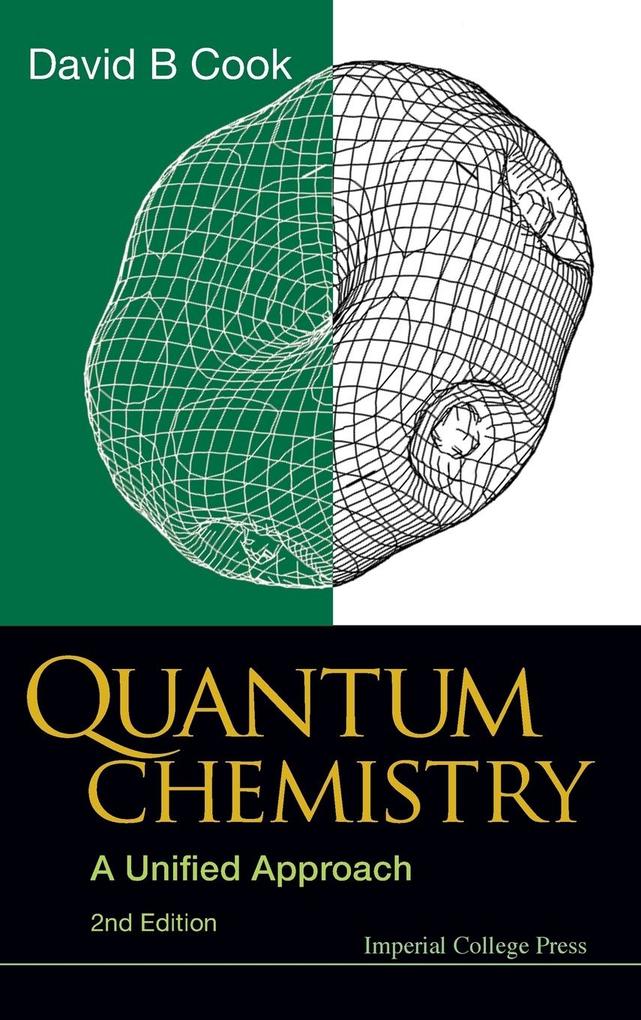
Zustellung: Do, 24.07. - Mo, 28.07.
Versand in 7 Tagen
VersandkostenfreiThis book is a presentation of a qualitative theory of chemical bonding stressing the physical processes which occur on bond formation. It differs from most (if not all) other books in that it does not seek to "rationalize" the phenomena of bonding by a series of mnemonic rules. A principal feature is a unified and consistent treatment across all types of bonding in organic, inorganic and physical chemistry. Compared to the first edition, a new chapter on the quantum theory of polymers and solids is added. More problems and worked solutions are included. Also, minor changes and updates are also made throughout the textbook to facilitate enhanced understanding.
Inhaltsverzeichnis
How Science Deals with Complex Problems; What We Know About Atoms and Molecules; A Strategy for Electronic Structure; The Pauli Principle and Orbitals; A Model Polyatomic: Methane; Lone Pairs of Electrons; Organic Molecules with Multiple Bonds; Molecular Symmetry; Diatomics with Multiple Bonds; Dative Bonds; Delocalised Electronic Substructures: Aromaticity; Organic and Inorganic Chemistry; Further Down the Periodic Table; Reconsidering Empirical Rules; Mavericks and Other Lawbreakers; The Transition Elements; The Quantum Theory of Polymers and Solids; Omissions and Conclusions.
Produktdetails
Erscheinungsdatum
20. Februar 2012
Sprache
englisch
Seitenanzahl
330
Autor/Autorin
David B Cook
Verlag/Hersteller
Produktart
gebunden
Gewicht
630 g
Größe (L/B/H)
235/157/22 mm
ISBN
9781848167469
Entdecken Sie mehr
Bewertungen
0 Bewertungen
Es wurden noch keine Bewertungen abgegeben. Schreiben Sie die erste Bewertung zu "QUANTUM CHEMISTRY (2ND EDITION)" und helfen Sie damit anderen bei der Kaufentscheidung.









